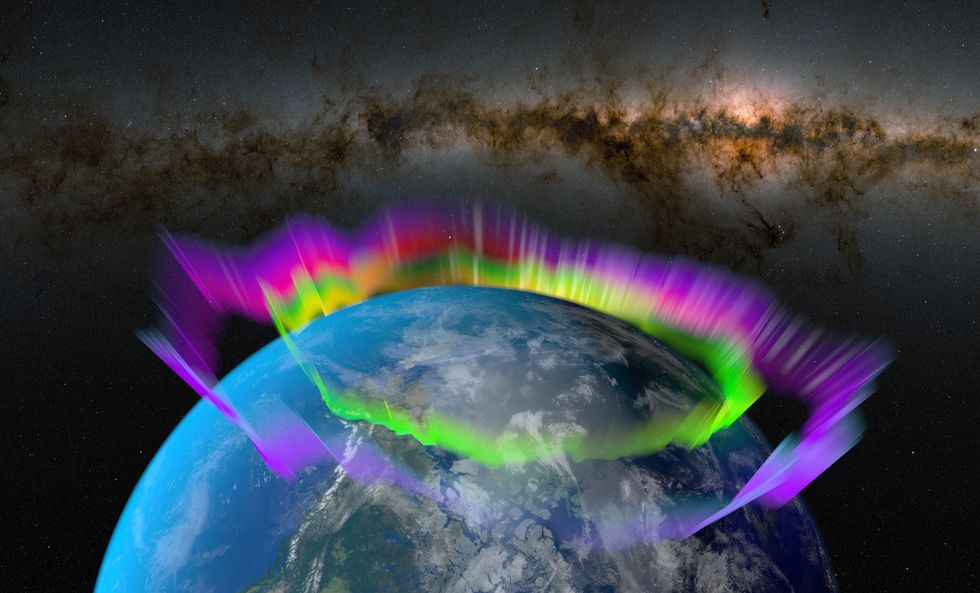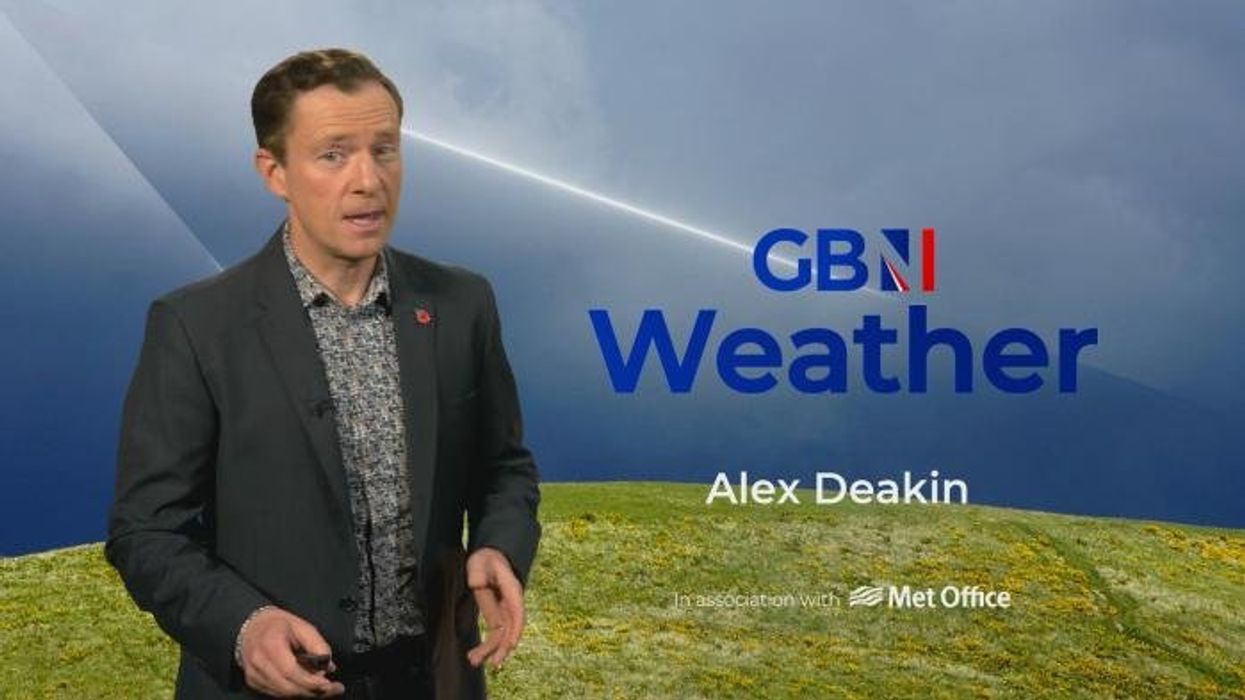Met Office issues Northern Light alerts as 'strong geomagnetic storm' sweeps UK

The marvellous night-time displays could be obsevred as far south as Cornwall
Don't Miss
Most Read
The Met Office has issued an alert for possible aurora borealis displays across northern regions of the UK on Tuesday evening, following intense solar activity over the weekend.
Powerful solar flares detected on Sunday and Monday have triggered radio blackouts and launched a torrent of plasma and magnetic energy towards Earth.
The space weather phenomenon could produce visible Northern Lights across Scotland and northern England, with the geomagnetic disturbance expected to reach its peak around midnight.
This year has already seen exceptional aurora activity across Britain, with displays observed as far south as Cornwall.
TRENDING
Stories
Videos
Your Say
An X1.7 solar flare erupted on Sunday, causing R3-level radio blackouts that disrupted high-frequency communications across Earth's sunlit regions, potentially affecting maritime and aviation operations.
Met Office officials forecast that the resulting coronal mass ejection will arrive on Tuesday, potentially generating G3-category geomagnetic storms.
"The arrival of a coronal mass ejection later on Tuesday will then likely enhance geomagnetic activity to bring the potential for visible aurora across northern UK and similar geomagnetic latitudes,” the meteorologists said.
They also predicted there could be “some glimpses a little further south, given either ideal viewing conditions or cameras.”

The Met Office has suggested the aurora borealis could soon be seen across northern regions of the UK
|GETTY
The enhanced geomagnetic conditions are expected to persist through Wednesday before diminishing on Thursday.
These spectacular light displays occur when charged particles expelled from the sun during massive explosions are captured by Earth's magnetic field.
Particles collide with atmospheric gas molecules during geomagnetic storms, releasing energy that creates the characteristic colourful patterns in the night sky.
The Met Office noted that the sun's current active region could produce additional Earth-directed eruptions, potentially extending aurora activity beyond this week.
LATEST DEVELOPMENTS

The northern lights are created by particles expelled from the sun being captured by Earth's magnetic field
|GETTY
Unfortunately, weather conditions may hamper viewing opportunities across much of the UK.
Extensive cloud coverage is forecast for Tuesday evening, though meteorologists predict clearer conditions developing over portions of North Wales and northern England after midnight.
The moon's rise during the early morning hours could also interfere with aurora visibility in some areas.
For optimal viewing, experts recommend seeking elevated locations away from urban light pollution with unobstructed northern horizons.
Faint auroras may only be detectable through photography rather than visible to the naked eye.
Our Standards: The GB News Editorial Charter











